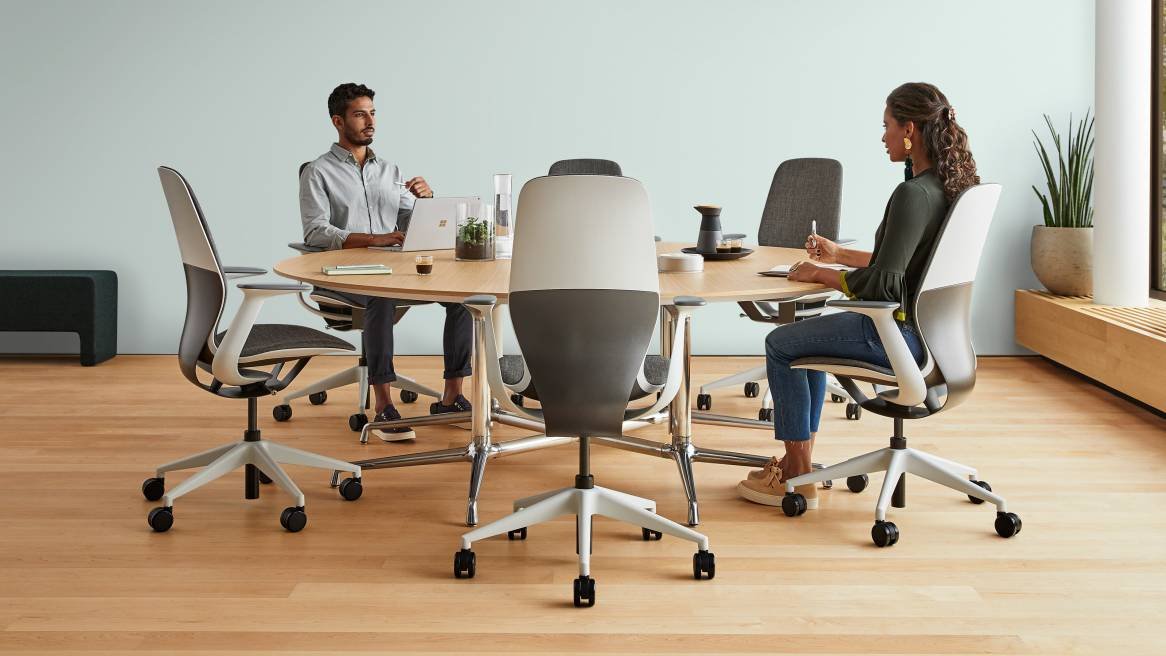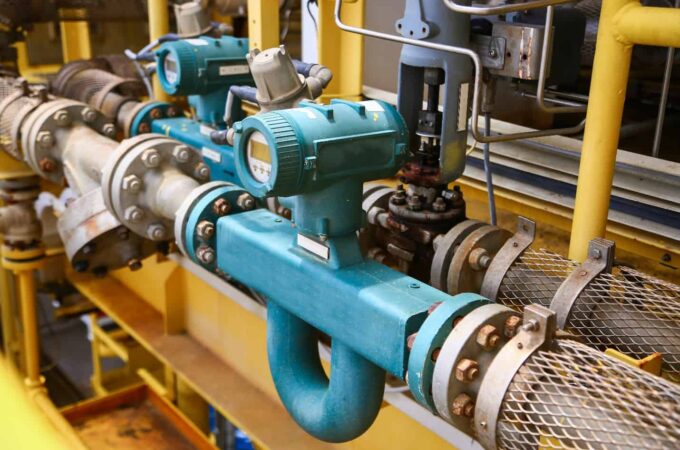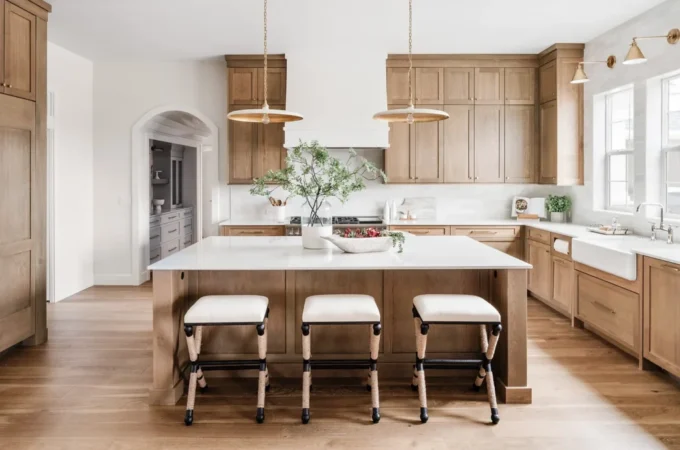
Modern Office Chairs: From The Past to the Future
We sit for many hours all day long, from breakfast in the morning, to watching TV in the evening. A good portion of the population works sitting down, and consequently uses chairs for much more than eight hours a day.
Office work does not date back to the dawn of time, and consequently the right furniture for this purpose doesn’t either.
Let’s make a quick trip to the beginnings of office chairs, then on to future visions for this furnishing element we constantly use.
Modern desk chairs: here’s who perfected them.

Discovering the inventor of the office chair is a tough feat, one more suited to an archaeologist, but do you know who’s responsible for the evolution of this object? Charles Darwin.
Yes, we’re talking of the famous 19th-century naturalist, biologist, geologist and father of the theory of evolution.
The famous scientist’s idea was as simple as it was effective: to place wheels on his office chair to quickly shift between one table and another to examine the finds he collected during his missions. This stroke of genius gave rise to the modern office chair.
If you don’t believe that, just read the history of the office chair on Wikipedia.
With the development of industry in the mid-1800s, office work also increased considerably, and furniture makers adapted by beginning to design chairs for those employees who spent hours and hours at their desks.
The huge popularity of office chairs is due to Otto von Bismarck, first Chancellor of the German Empire (1871-1890), who popularised it in his own Parliament.
Around that same time, Thomas E. Warren came up with what may perhaps be considered the forerunner of modern designer chairs. The seat was the centripetal spring armchair made by the New York-based American Chair Company.
Over the years, constant development improved comfort, allowing people to remain seated for long periods of time with no issues, and led to solutions to adjust the height of the seat and the position of the backrest and armrests.
Today, the Darwinian chair with four wheels has transformed into myriad solutions that can meet all the needs of employees, managers, and professionals.
The office furniture design of the future.

If we listen to the opinions of renowned designers, such as the London-based Barber and Osgerby, in the near future workplaces, commonly called offices, will transform into something resembling the home living room.
It seems a bit far-fetched, but the basic idea is that progress will lead to a reduced need for a desk on which to place elbows and a PC, while a location for meeting and collaborating will become essential.
At a talk, Barber and Osgerby respectively said:
- “The desk is a place that you’re invisibly chained to, where you’re producing widgets for the man. It’s a remnant of the industrial revolution”.
- “While we endeavour to use technology like Skype for group calls as much as possible, it’s disjointed and inevitably always fucks up,” said Barber. “So we end up travelling a lot to actually speak face to face to the people we need to talk to.”
Perhaps their vision is a bit specious, since these statements were made at a presentation for their furniture, but we can draw some food for thought.
If the next transformation of the office space will be minimalist and casual, then large companies, like Albaplus, which can design and make designer Italian furniture, will be even more important. To find out more, visit the modern office chairs proposed by Albaplus.




